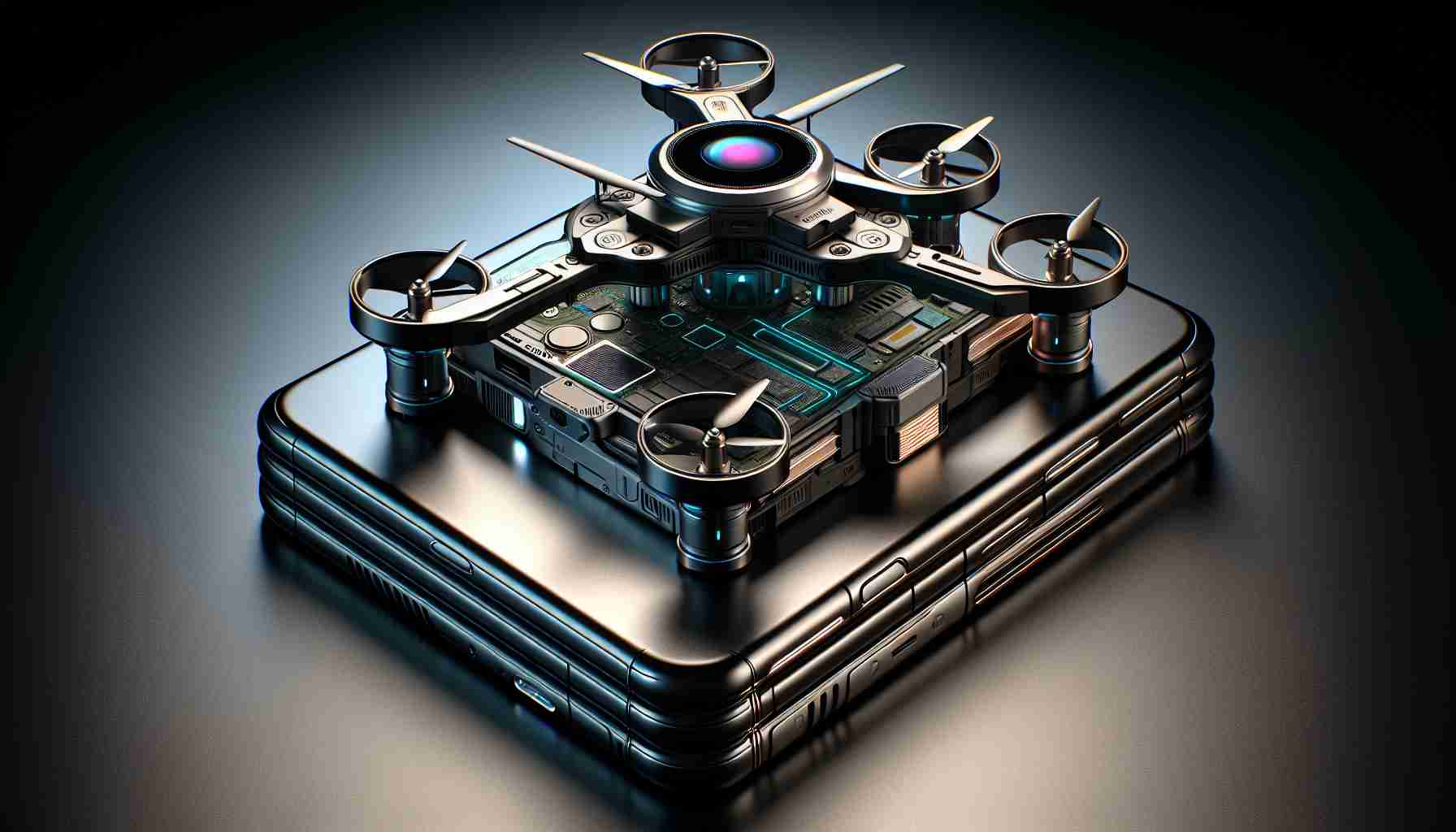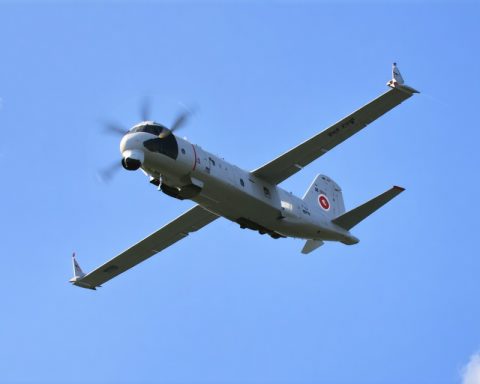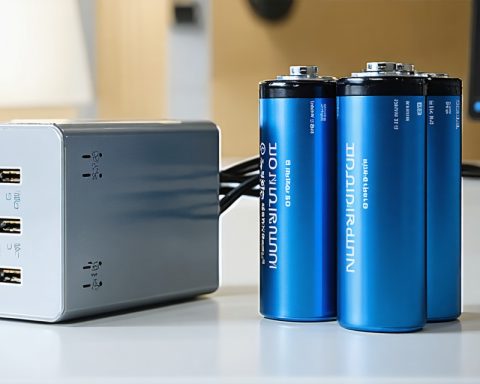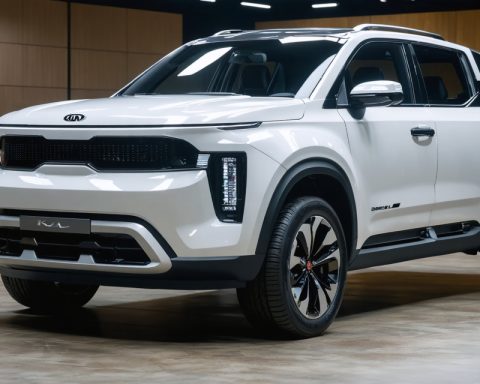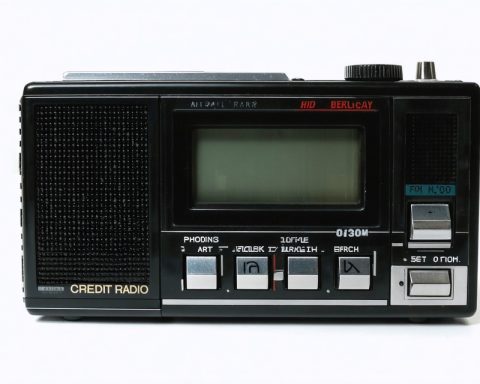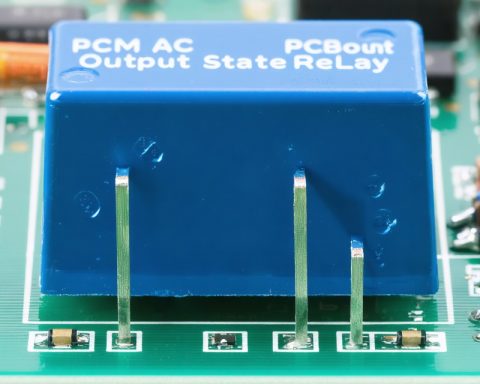As technology continues to blur the lines between distinct gadgets, the latest buzz in the tech world involves a revolutionary prospect: a smartphone that doubles as a personal drone. Recent patent filings by Samsung hint at such an innovative device, combining the power of a high-end smartphone with the versatility of a drone, promising to redefine personal photography and aerial videography.
This concept could catapult Samsung ahead in the ever-intensifying smartphone market. The document details a foldable smartphone design equipped with four rotors, discreetly tucked under its casing. When deployed, these rotors allow the device to hover, follow its user autonomously, or capture aerial footage on command. Imagine snapping a group selfie from above or recording 360-degree videos with just a tap on your phone.
The key to this potential game-changer lies in its intuitive controls and seamless integration with existing smartphone functionalities. Through advanced AI algorithms, users might someday navigate their drone-smartphones with simple hand gestures, voice commands, or even synchronize them with augmented reality applications for entertainment and educational purposes.
While this idea remains speculative, it underscores Samsung’s commitment to pushing boundaries in technological innovation. As patents often precede actual products by several years, tech enthusiasts will be keenly watching for further developments. Should this concept materialize, it could usher in a new era of multitasking gadgets, where smartphones are no longer just extensions of our capabilities—but truly elevate them to new heights.
The Future of Mobile Technology: Samsung’s Drone-Phone Innovation
Samsung’s recent patent filing has set the tech world abuzz with anticipation as the company explores the merging of mobile and aerial technology into a single innovative device—a smartphone that doubles as a personal drone. If realized, this invention could revolutionize personal photography, videography, and the way we interact with our mobile devices.
Features and Specifications
Imagine a foldable smartphone design that houses four rotors ingeniously concealed within its casing. This design allows the phone to hover autonomously, follow the user, or capture images and videos from new perspectives. By leveraging smartphone capabilities with drone technology, Samsung aims to provide users with seamless control over aerial photography through simple hand gestures or voice commands.
Innovations in User Interaction
The proposed drone-smartphone would ideally feature advanced AI algorithms for intuitive navigation. Users could potentially manipulate the device using augmented reality applications, paving the way for innovative uses in entertainment, education, and beyond. This hands-free operation model could drastically change how we view and use drones in everyday life.
Market Trends and Competition
Samsung’s entry into drone technology could significantly shift dynamics within the competitive smartphone market. As tech giants consistently seek ways to differentiate their products, a successful integration of drone features into smartphones could position Samsung as a leader in both sectors. The rush to innovate is intensifying, with companies like Amazon exploring drone delivery and Apple investing in augmented reality.
Potential Use Cases
1. Photography and Videography: Capturing unique aerial shots or filming 360-degree videos with unprecedented ease.
2. Real Estate: Showcasing properties through aerial tours directly from a smartphone.
3. Outdoor Activities: Enhancing hiking, sporting events, and travel experiences with on-the-go aerial footage.
Limitations and Challenges
While the concept is groundbreaking, there are potential challenges. Battery life, durability, and user safety are critical factors that need addressing. Integrating drone technology into a compact smartphone must maintain consumer expectations for portability and battery efficiency.
Sustainability and Environmental Impact
With sustainability at the forefront of technological innovation, Samsung would need to ensure that the materials and energy consumption of such devices adhere to eco-friendly standards. Efficient power management and environmentally conscious materials could play a crucial role in the device’s development.
Predictions and Future Outlook
Though such a device remains theoretical and may take years to hit the market, the promise it holds suggests that we are only beginning to understand the potential of mobile technology. As this patent captures the imagination of tech enthusiasts, it underscores a vision where everyday gadgets not only supplement human ability but transform it in unimaginable ways.
For more details about Samsung’s latest innovations and patent filings, visit the official Samsung website.
